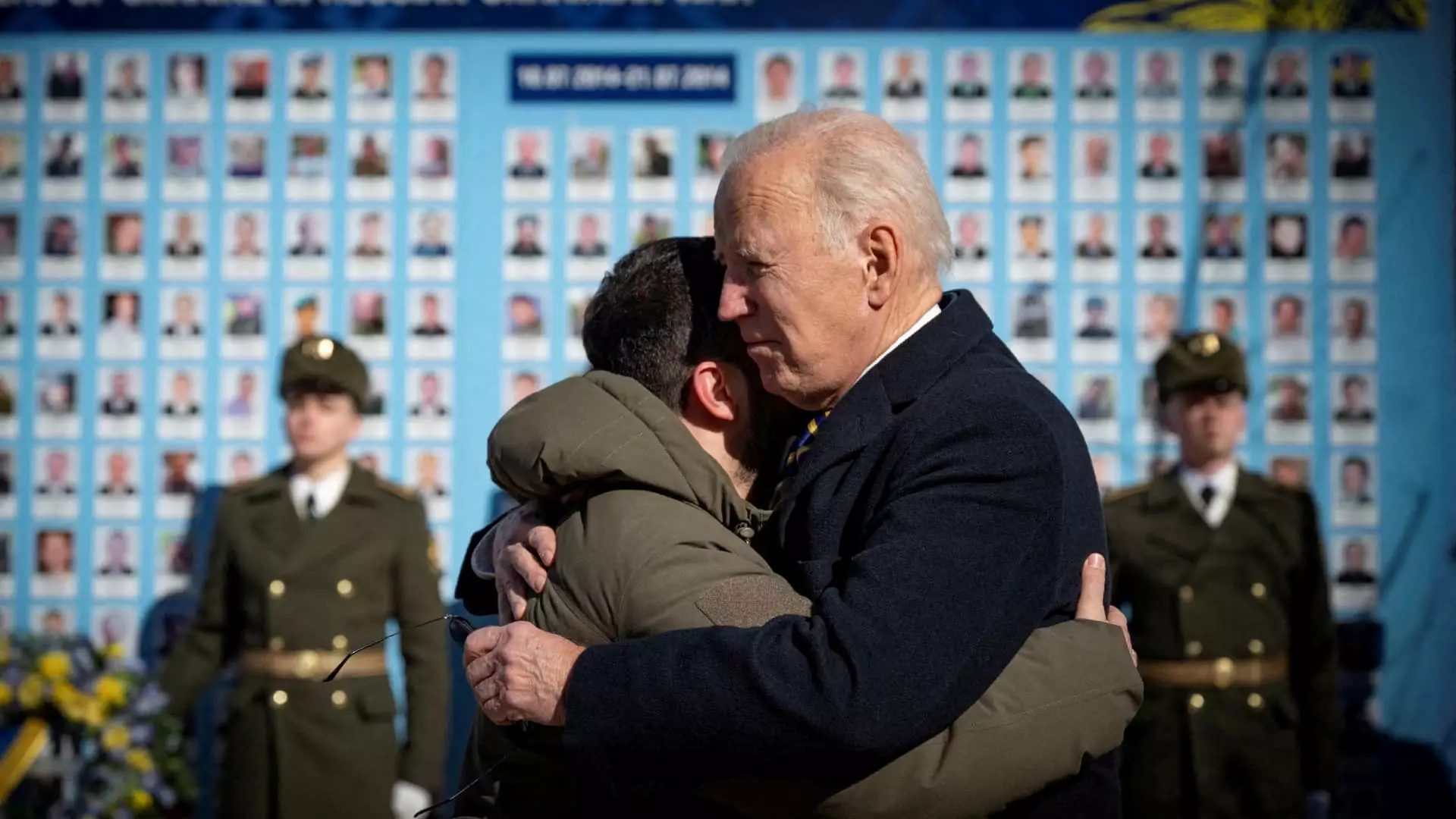In a notable shift in military strategy, the Biden administration has decided to enable Ukraine to utilize U.S.-supplied weaponry for attacks inside Russian territory. This pivotal change comes in light of Ukraine’s persistent requests for enhanced military support amidst ongoing hostilities with Russia. The implications of this policy alteration resonate deeply within both American and international strategic frameworks, signifying a new phase in the protracted conflict.
Ukrainian President Volodymyr Zelenskyy has been vocal in seeking the capability to strike deeper into Russian-held areas, a request that underscores the dire situation on the ground. Sources indicate that the first such strikes could occur imminently, although specific details remain undisclosed to protect operational integrity. This decision to allow long-range operations comes soon after concerning developments, notably Russia’s introduction of North Korean troops to bolster its military presence. Such moves have raised alarm bells in Washington and Kyiv, underlining the precarious nature of the battlefield.
The White House’s silence on this decision reveals the delicate balance of power and protocol governing U.S. military aid. This policy pivot is not without its detractors; some U.S. officials harbor doubts about whether expanded strike capabilities will alter the course of the conflict significantly. Nonetheless, the anticipated use of ATACMS (Army Tactical Missile Systems) rockets, capable of targeting locations up to 190 miles away, could bolster Ukrainian positions and potentially shift the dynamics of future negotiations, especially given the current Russian advances.
With the clock ticking down to President-elect Donald Trump’s inauguration on January 20, questions loom about whether this decision will persist under new leadership. Trump’s historical skepticism regarding extensive U.S. financial and military contributions to Ukraine places the Biden administration’s decision in fragile territory. Critics of Trump’s approach suggest a nuanced understanding of foreign policy complexities is needed, particularly in matters of international security and sovereignty.
Moreover, the internal dynamics within the U.S. government are shifting as well; congressional Republicans have been increasingly vocal in promoting a more aggressive stance on the war in Ukraine. This emerging faction argues for expanded permissions regarding the use of U.S.-supplied weapons, complicating the narrative surrounding military assistance and policy coherence.
The Kremlin has already reacted vehemently to the prospect of Ukraine receiving broader operational freedoms with U.S. weaponry, labeling it an alarming escalation deserving of scrutiny. Such rhetoric reflects not only the escalating geopolitical tension between Russia and the West but also illustrates the delicate nature of international military assistance amid an evolving battlefield.
This transformative approach in how the U.S. supports Ukraine heralds potential changes in the conflict’s trajectory and necessitates an ongoing evaluation of military and diplomatic strategies moving forward. The international community watches closely, aware that how these circumstances unfold could have lasting implications for regional stability and military alliances. The stakes are high, and the ripples of these decisions are certain to extend well beyond the immediate conflict.


Leave a Reply